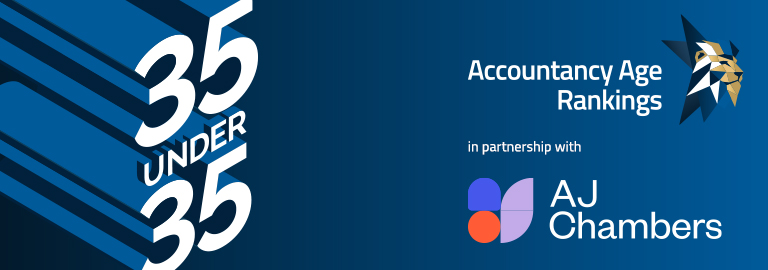MTD is a government initiative aimed at digitalising the UK’s tax system and is a key part of the Government’s overall Tax Administration Strategy. The aim of MTD is to reduce the ‘tax gap’, by making it easier for individuals and businesses to get their tax filings right, due to the improved accuracy that comes with digital records and with such records being sent directly to HMRC.
MTD requires individuals and businesses to do the following three key things: keep digital records, use software that is compatible with MTD and submit updates every quarter, bringing the tax system closer to real time.
MTD for VAT was the first step of the digitalisation process, with MTD for Income Tax Self-Assessment (“ITSA”) coming next. MTD for ITSA will be introduced in stages, with self-employed individuals and landlords being the first to join from April 2026. Partnerships will follow in later years and MTD for Corporation Tax will be last to be implemented.
MTD was heralded as a revolutionary change to the way that individuals and businesses file their taxes in the UK. It was meant to simplify and streamline the tax return process. However, critics have said it could leave behind those individuals and businesses which are not as tech savvy.
Due to the delays in the roll out of MTD, some individuals and businesses have understandably been slower to update their accounting systems, sometimes for fear of the change that will bring, the extra perceived workload and costs it might involve, and the chance that the requirements and system may change again.
Cloud based accounting systems allow individuals and businesses to store their accounts online and so, keep digital records, which in turn means that they have instant access to financial data. There are numerous benefits of switching to a cloud-based accounting system, most importantly, it provides a deep insight into the business’s financial situation, regardless of size or budget constraints. Cloud based accounting systems are also scalable, so they can grow with a business. Switching to this type of system provides businesses with a full understanding of their financial data and what this means for their business.
At Dains, I have worked with clients over a wide range of sectors, and with many, I have long standing relationship of ten years plus. Although some clients have been understandably cautious about the change, those clients which have invested in IT and cloud-based accounting systems have already seen the benefits, which include gaining a real time view of their cashflow and streamlining and expediting formerly time-consuming processes.
The accountancy sector has evolved hugely in the past quarter century. The introduction of cloud-based accountancy systems and MTD have revolutionised the sector, but one thing that remains constant is the old adage that people do business with people, because working alongside clients, really getting to know them and their business, and building strong relationships is key. Even though technology is advancing every day, a face-to-face approach with clients is still important and we understand that not all clients have embraced technology, so we take a measured approach with our clients to ensure that it is right for their business, whilst ensuring that they abide by current legislation.
As a trusted accountancy and advisory group, it is our role to ensure that we advise clients fully and support them through the changes that are to come.
For more information on the accounts and advisory services which Dains can provide please visit Dains.

